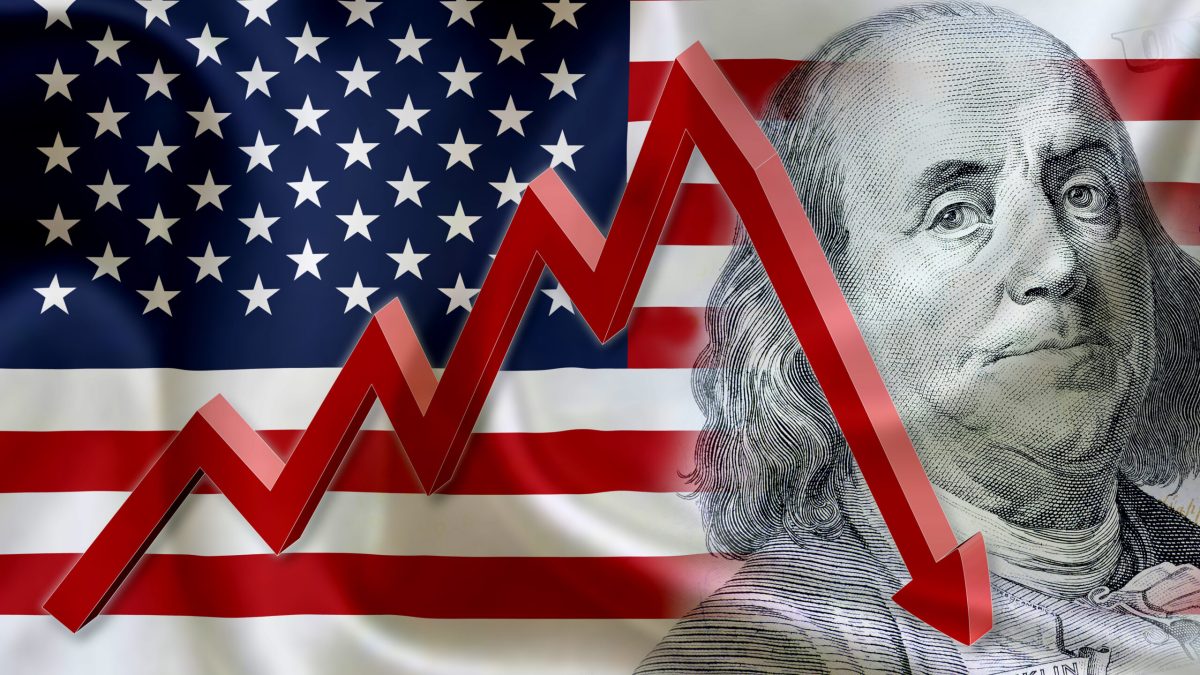US stocks endured their most significant weekly decline since March 2023, driven by weaker-than-expected economic data and cautious statements from Federal Reserve officials.
The benchmark S&P 500 dropped 1.7% on Friday, bringing its total loss for the week to 4.2%.
The tech-dominated Nasdaq Composite fared even worse, recording its sharpest weekly fall since January 2022, down 5.8%, including a 2.6% drop on Friday alone.
The downturn was sparked by weaker-than-expected payroll data and renewed concerns over an economic slowdown.
US employers added 142,000 jobs in August, falling short of analysts’ predictions of 160,000, though the figure still exceeded the downwardly revised 89,000 jobs created in July.
Meanwhile, the unemployment rate dropped to 4.2%.
Tech stocks lead the decline, economic worries persist
Large-cap tech stocks were hit hardest during the sell-off. The drop in tech stocks weighed heavily on the overall market, particularly the Nasdaq Composite, which saw a 5.8% decline for the week.
Investor confidence was further dampened by comments from key Federal Reserve officials that suggested a cautious approach to interest rate cuts in the coming months.
Fed Governor Christopher Waller and New York Fed President John Williams both indicated that the central bank might consider multiple rate cuts throughout the year, responding to softer inflation data and signs of a cooling labour market.
However, Waller’s remark that the Fed could cut rates more aggressively if needed sparked concerns, leading to a rally in US Treasuries.
Treasury yields fall as markets react to economic data
The yield on the two-year Treasury bond, which is sensitive to interest rate changes, dropped by 0.09 percentage points to 3.66%.
Meanwhile, the yield on the benchmark 10-year Treasury bond fell 0.01 percentage points to 3.72%.
As yields move inversely to prices, the drop in yields reflects growing investor demand for safe-haven assets amid rising concerns over the economic outlook.
At the same time, the dollar index, which tracks the US currency against a basket of global currencies, edged higher by 0.1%.
The yen climbed to ¥142.4, marking its strongest level since January, as investors continued to digest the implications of the weaker economic data.
Markets price in rate cuts, but expectations fluctuate
Despite the cautious mood in the markets, there was uncertainty about the Federal Reserve’s next moves.
Futures markets showed that traders had pulled back on the likelihood of a 50-basis point cut following the jobs report, though expectations were still volatile.
Swap markets indicated nearly four and a half quarter-point rate cuts by the end of the year, slightly more than anticipated before the payroll data.
Fed Chair Jay Powell, speaking last month, highlighted that any decision on rate cuts would be closely tied to economic data.
He emphasized that the Federal Reserve is carefully watching labour market trends and inflationary pressures to determine the pace and timing of any monetary easing.
European and Asian markets follow the US lead
The impact of the US market’s downturn was felt across global markets. Stock markets in Europe followed Wall Street’s lead, with the Stoxx Europe 600 dropping 1.1%.
France’s Cac 40 and Germany’s Dax also saw significant declines, falling by 1.1% and 1.5%, respectively.
The UK’s FTSE 100 finished the week down 0.7%.
In Asia, Japan’s Topix closed 0.9% lower, while South Korea’s Kospi and China’s CSI 300 index fell by 1.2% and 0.8%, respectively.
The global market reaction highlights the broader concerns about an economic slowdown, particularly with the US and China—the world’s largest economies—showing signs of weakness.
Oil prices hit yearly lows as demand concerns mount
Oil markets also felt the pressure as crude futures sank to their lowest levels of the year, even after the Opec+ alliance agreed to delay planned production increases.
Brent crude, the international benchmark, fell 2.5% to $70.90 per barrel, while West Texas Intermediate (WTI) lost 2.6%, closing at $67.37.
The drop in oil prices reflects mounting concerns over slowing global demand, exacerbated by signs of economic weakness in both the US and China.
The decision by Opec+ to delay production increases by two months was not enough to offset concerns about declining demand.
Uncertain outlook ahead for markets
Looking ahead, markets are expected to remain volatile as investors continue to weigh the implications of the recent economic data and the Federal Reserve’s next moves.
While some analysts argue that the market’s reaction to the jobs data may have been an overreaction, others warn that the risk of an economic slowdown remains real.
The post US stocks suffer worst weekly drop in over a year as economic concerns grow appeared first on Invezz

